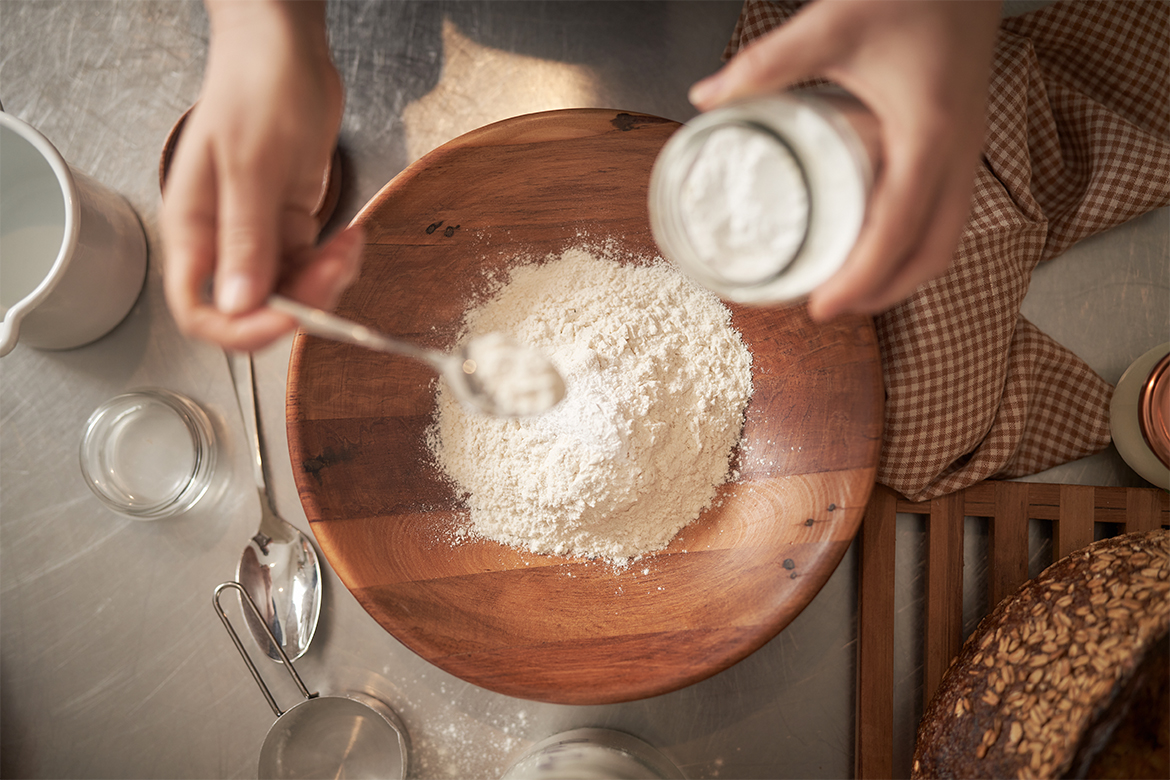Serving suggestions
Trimming a bit of meat from your diet is an easy way to cut costs. The rise of vegan cooking has made meat-free recipes easy to come by, so cutting out meat doesn’t mean cutting back on flavour. We use beans and pulses to subsidise the meat. They’re a great way to stretch both a meal and the money.
When you do buy meat, buy large and reportion it. Buying a whole chicken and breaking it down into parts comes with huge savings. Taking into account two breasts, two thighs, two drumsticks and two wings (plus bones for the stock pot), you can be saving upwards of $30. Per chicken. Large packs of other meats can be broken down into portions and frozen too. Using reusable ‘stasher bags’ will add up to less packaging waste as well as financial rewards.
Gifts
They say it’s the thought that counts, and a thoughtful gift doesn’t have to cost. Giving homemade preserves or sweet treats from the kitchen is always appreciated. If you have the skills, a bit of knitting, art or hand craft is always lovely to receive. And if you don’t have the skills, you could get creative with vouchers for chores, babysitting or a home-cooked meal.
Kids are much less likely to enjoy a good jar of chutney. So, we upcycle for kids’ parties as much as possible. Duplicate toys, books that have only been read a couple of times, lightly used but still beautiful clothes. Carefully folded and wrapped, no one need ever know they are pre-loved.

Buying better
Spending a little more seems counter intuitive to saving but often you do get what you pay for.
You are also more inclined to look after items you see value in, so if it does break, you are more likely to repair it. We favour wooden goods over plastic because they look so much better and if you look after them, they’ll keep on giving. Three tricks to keeping our wood good: dry it properly, oil or wax regularly and use the sun as the ultimate steriliser.
Op Shop Shopping
Whether it’s a classic op phop or the more recent emergence of consignment stores, there are great bargains to be found. You will be surprised by the quality and range of big names and high fashion items. I have found this with kids’ clothes especially. They grow so fast and because the expensive brands tend to be kept ‘for good’, they are often like new.
Mending. Sewing.
Don’t be so quick to throw out a well-loved garment. It’s on trend to mend. You don’t have to be a master seamstress either. Iron on patches and Heat & Bond can work wonders, or find a local seamstress and support them. Like the Japanese art of Kintsugi for clothes, every patch up is like a badge of honour.
It really is hard to make ends meet at the moment, and there’s no sign of things letting up in the short term, but where there is a will there is a way. Over the last century we’ve been groomed by brands and businesses to think we need more stuff. The reality is, we can do a lot with what we already have. By not buying into buying more, we tread lighter on the earth and help stretch our resources further. Setting up a healthier future. Not only from a financial perspective but an environmental one too. It’s just good Eco-nomics.
Shayna Stalker is a mum of two, an advocate for slow living, and founder of thewastefreehome.co.nz.










